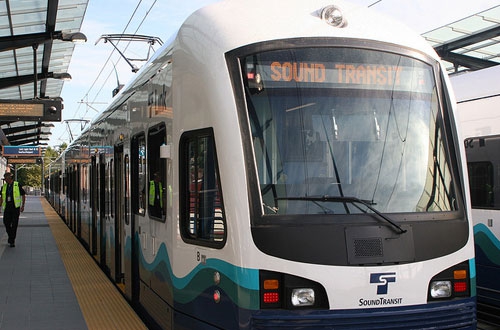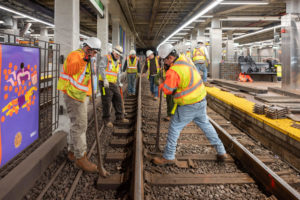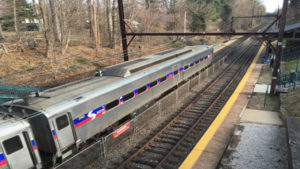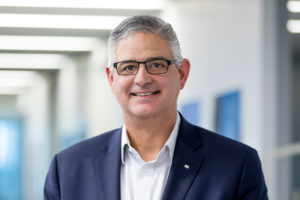HDR to plan Tacoma Dome light-rail extension
Written by Kyra Senese, Managing Editor
Engineering firm HDR has announced it will plan the final extension needed for Central Puget Sound Regional Transit Authority (Sound Transit) to complete light-rail service between Seattle and Tacoma, Wash.
The Tacoma Dome Link Extension (TDLE) project will allow for a more reliable transit alternative in the region, officials said.
Sound Transit’s Board of Directors gave its authorization for a contract with HDR’s team on Dec. 21 to provide planning, preliminary engineering, environmental and public involvement services.
HDR will plan the 9.7-mile light-rail extension, which is set to have four new transit stations as well as a new operations and maintenance facility.
“With four new LRT stations, Sound Transit and the cities in the corridor will have a once-in-a-generation opportunity to transform station areas into vibrant new station-communities,” HDR Project Manager Sharon Kelly said. “While Sound Transit has defined a representative alignment and general station locations, we will help them refine both in ways that benefit these cities for generations.”
The project will continue south from Sound Transit’s previous light rail project, the Federal Way Link Extension (FWLE). Service along the extension is predicted to begin in 2030.
The alignment will continue through South Federal Way, Fife, East Tacoma, and it will terminate near the Tacoma Dome transit hub, with connections to the Tacoma Link urban rail transit system, Amtrak and Sounder commuter rail service.
Public involvement will be emphasized during the planning activities for the next three years, HDR said, as it plans to lead stakeholder engagement efforts and invite stakeholders to provide input on the project.
The TDLE alignment also will pass through natural resource lands, crossing streams and the Puyallup River, bringing the first urban rail transit stop to Puyallup Tribe of Indians’ lands.
“Public involvement activities will rely on our proven approach to communicating complex technical data in formats diverse groups of stakeholders can understand and therefore consider when making decisions,” Kelly said.
Among the project’s initial challenges will be finding a site for a new operations and maintenance facility, which HDR said is necessary for this project and its larger system to store and maintain light-rail vehicles.
“This project will improve mobility for all, support economic growth and enhance quality of life for the thousands of people who live and travel along the South Sound corridor each day,” HDR Transit Director Tom Waldron said. “We’re proud and excited to continue our partnership with Sound Transit to bring another tailored transit solution to the region.”





